Print-A-Sketch A Handheld Printer for Physical Sketching of Circuits and Sensors on Everyday Surfaces We present Print-A-Sketch, an open-source handheld printer prototype for sketching circuits and sensors. Print-A-Sketch combines desirable properties from free-hand sketching and functional electronic printing. Manual human control of large strokes is augmented with computer control of fine detail. Shared control of Print-A-Sketch supports sketching interactive interfaces on everyday objects – including […]
Posted: 22/11/2021
Under:
Computational Design and Optimization of Electro-Physiological Sensors Abstract Electro-physiological sensing devices are becoming increasingly common in diverse applications. However, designing such sensors in compact form factors and for high-quality signal acquisition is a challenging task even for experts, is typically done using heuristics, and requires extensive training. Our work proposes a computational approach for designing multi-modal electro-physiological sensors. By employing an optimization-based approach alongside an […]
Posted: 03/11/2021
Under:
Weirding Haptics In-Situ Prototyping of Vibrotactile Feedback in Virtual Reality through Vocalization Effective haptic feedback in virtual reality (VR) is an essential element for creating convincing immersive experiences. To design such feedback, state-of-the-art VR setups provide APIs for programmatically generating controller vibration patterns. While tools for designing vibrotactile feedback keep evolving, they often require expert knowledge and rarely support direct manipulation methods for mapping feedback […]
Posted: 13/10/2021
Under:
bARefoot Generating Virtual Materials using Motion Coupled Vibration in Shoes Many features of materials can be experienced through tactile cues, even using one’s feet. For example, one can easily distinguish between moss and stone without looking at the ground. However, this type of material experience is largely not supported in AR and VR applications. We present bARefoot, a prototype shoe providing tactile impulses tightly coupled […]
Posted: 02/01/2021
Under:
Soft Inkjet Circuits Rapid Multi-Material Fabrication of Soft Circuits Using a Commodity Inkjet Printer Despite the increasing popularity of soft interactive devices, their fabrication remains complex and time consuming. We contribute a process for rapid do-it-yourself fabrication of soft circuits using a conventional desktop inkjet printer. It supports inkjet printing of circuits that are stretchable,ultra-thin,high resolution, and integrated with a wide variety of materials used […]
Posted: 30/11/2019
Under:
Capricate Click here to view the project page
Posted: 03/11/2019
Under:
Tacttoo A Thin and Feel-Through Tattoo for On-Skin Tactile Output Tacttoo is a feel-through interface for electro-tactile output on the user’s skin. Integrated in a temporary tattoo with a thin and conformal form factor, it can be applied on complex body geometries, including the fingertip, and is scalable to various body locations. At less than 35μm in thickness, it is the thinnest tactile interface for […]
Posted: 02/12/2018
Under:
SkinMarks Enabling Interactions on Body Landmarks Using Conformal Skin Electronics The body provides many recognizable landmarks due to the underlying skeletal structure and variations in skin texture, elasticity, and color. The visual and spatial cues of such body landmarks can help in localizing on-body interfaces, guide input on the body, and allow for easy recall of mappings. Our main contribution are SkinMarks, novel skin-worn I/O […]
Posted: 02/09/2017
Under:
IEEE-Computer-Steimle-Skin
Posted: 05/11/2016
Under:
iSkin Flexible, Stretchable and Visually Customizable On-Body Touch Sensors for Mobile Computing We propose iSkin, a novel class of skin-worn sensors for touch input on the body. iSkin is a very thin sensor overlay, made of biocompatible materials, and is flexible and stretchable. It can be produced in different shapes and sizes to suit various locations of the body such as the finger, forearm, or […]
Posted: 02/09/2015
Under:
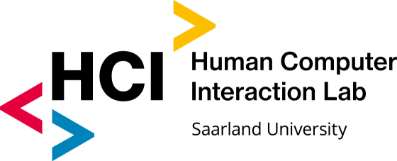
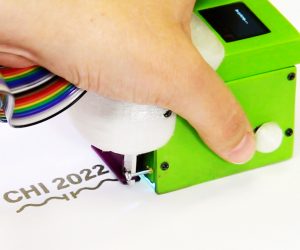
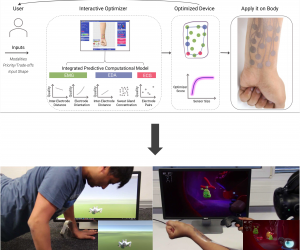
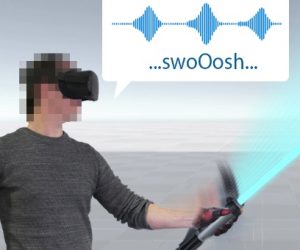
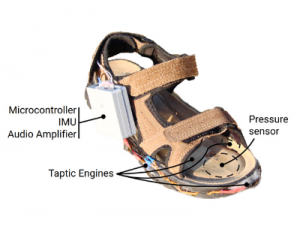
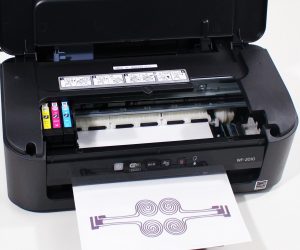
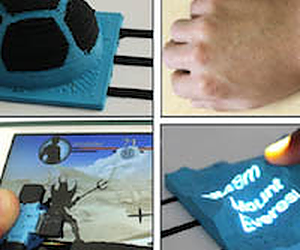
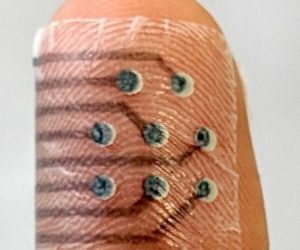
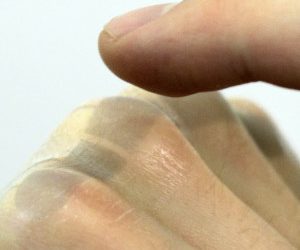
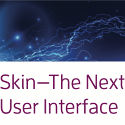
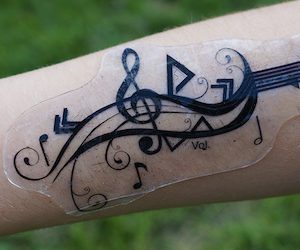

Recent Comments